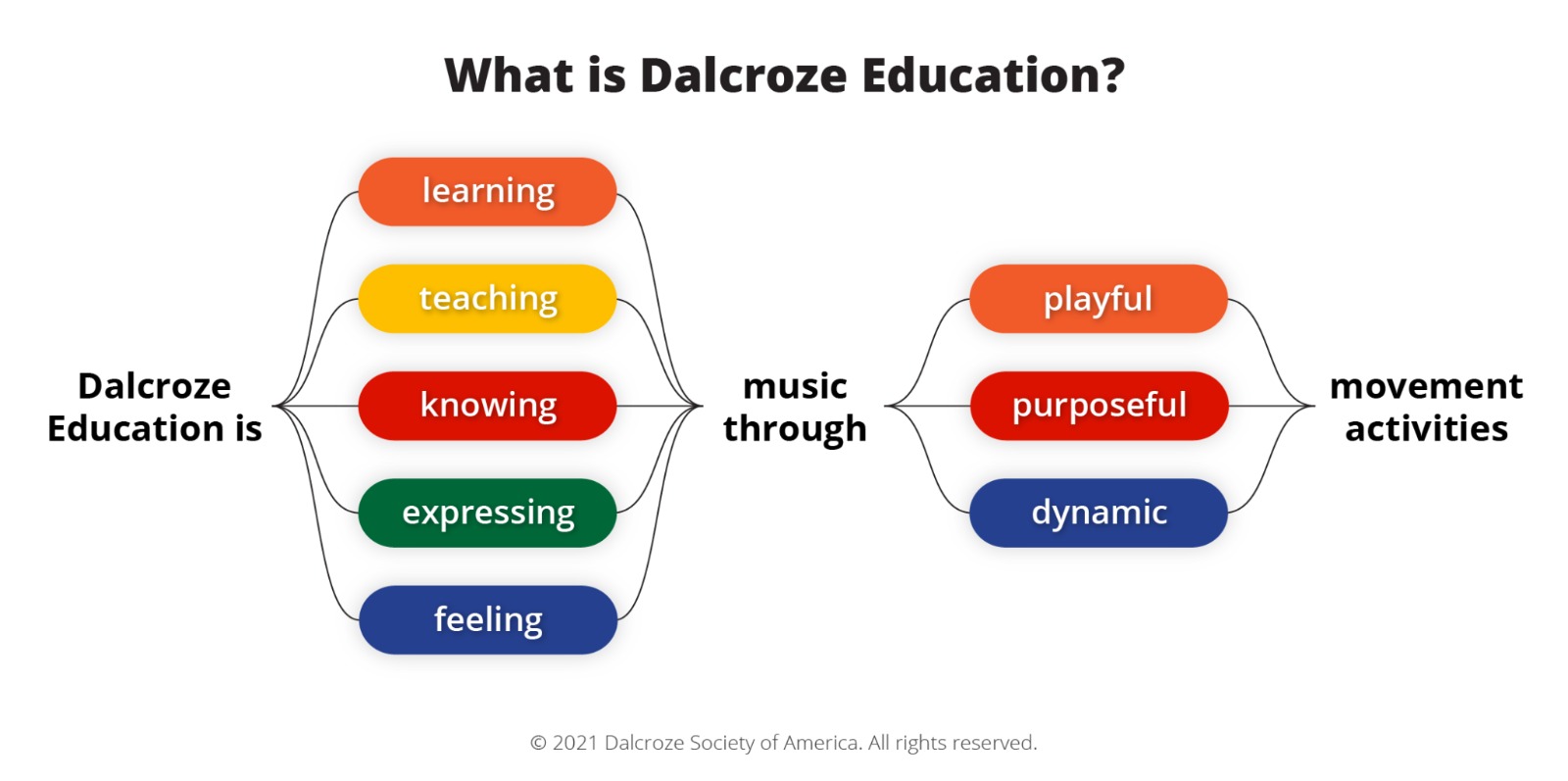Learning Methodology
Unveiling the Melodies & Exploring Music Learning Methodology
Music, the universal language, speaks to our souls in a way words can't. But how do we unlock this language and learn to express ourselves through it?
The answer lies in Music Learning Methodologies, diverse approaches designed to guide individuals of all ages and backgrounds on their musical journey.
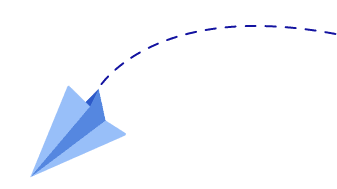
Method 01
Dalcroze Education
Dalcroze Education is a modern and advanced method for teaching music that promotes progress and development in students. The approach revolves around the idea of rhythmic movement, which is also called eurhythmics.
It involves ear training and improvisation to improve musical skills. With Dalcroze Education, students are encouraged to discover and nurture their musical talents to the fullest.
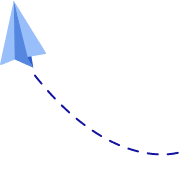


Method 02
Orff instruments
The music teaching method created by German composer Carl Orff (1895-1982) integrates singing, dancing, acting, and percussion instruments to teach rhythm, melody, and improvisation.
Orff's approach aims to cultivate a constructive, stimulating, and collaborative atmosphere within the classroom.
Students are introduced to a diverse array of instruments, including xylophones, marimbas, tambourines, glockenspiels, metallophones, drums, recorders, and non-pitched instruments, as well as finger-snapping, patting, and clapping.

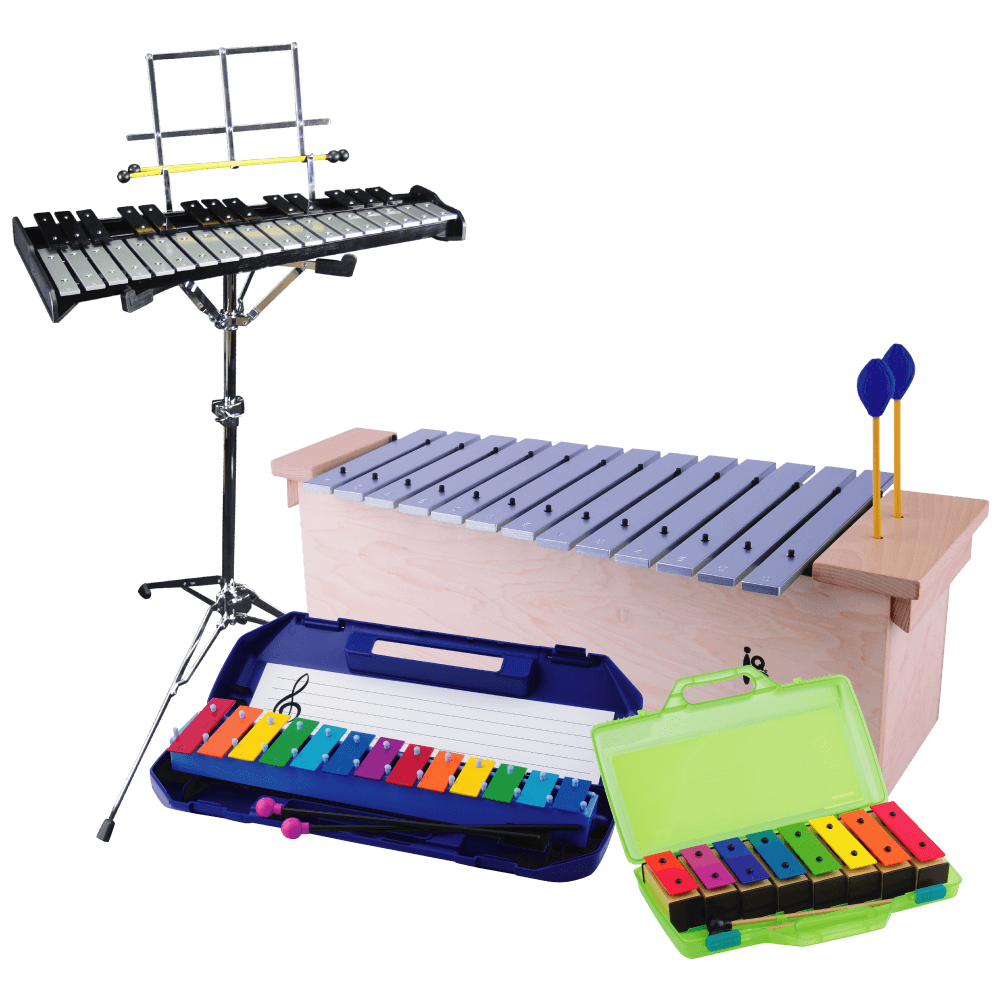

cord music
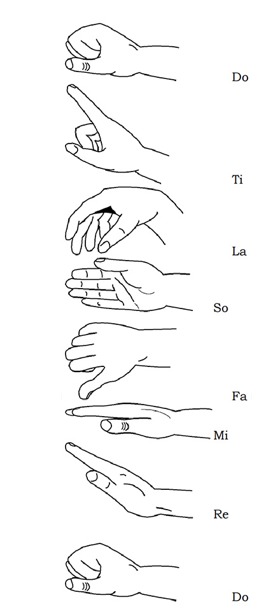
Method 03
Kodály Method
The concept of music education according to Kodály is grounded in the idea of teaching, learning, and comprehending music through the act of singing, providing direct access to the world of music using the most universal instrument.
Kodály's approach to music education prioritizes the student, with skills being imparted logically and sequentially. Much like today, Kodály believed that music is a language accessible to all.
This method commences by instructing students to sing in tune, accompanied by extensive physical movement to cultivate timing and rhythmic proficiency. Music is taught in a manner that engages learners through various modes—kinesthetic, auditory, and visual.



Method 04
Suzuki Method
Suzuki founded his approach on the principle that "Musical ability is not an inborn talent, but a skill that can be cultivated. With proper training, any child can develop musical ability, much like they learn to speak their native language. The potential of every child is boundless."
Dr. Suzuki's aim wasn't solely to produce professional musicians, but to foster compassionate individuals and promote the development of each child's character through music education.
Difference from other methods
Students begin at young ages.
Parents play an active role in the learning process.
Pieces are refined through constant review.
Suzuki teachers believe that musical ability can be developed in all children.
Students perform frequently, individually and in groups.
The technique is taught in the context of pieces rather than through dry technical exercises.
Children become comfortable with the instrument before learning to read music.
Get ready to embark on a captivating exploration of music learning methodologies. Prepare to understand how these frameworks can unlock your musical potential and guide you on your path to creating, appreciating, and simply enjoying the beauty of music!
This is just the beginning. Stay tuned for further exploration of specific methodologies, their benefits, and how they can empower your musical journey!


